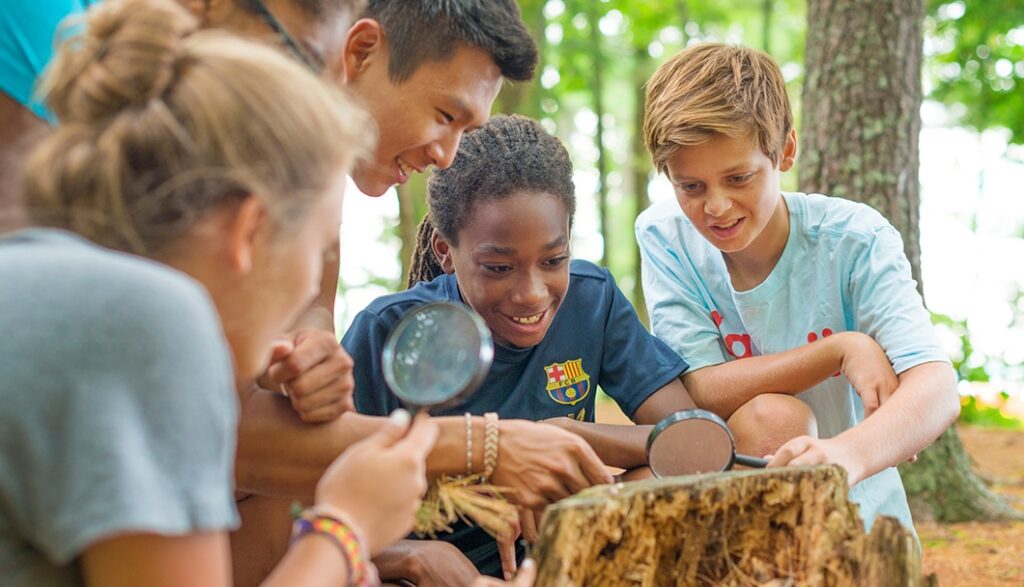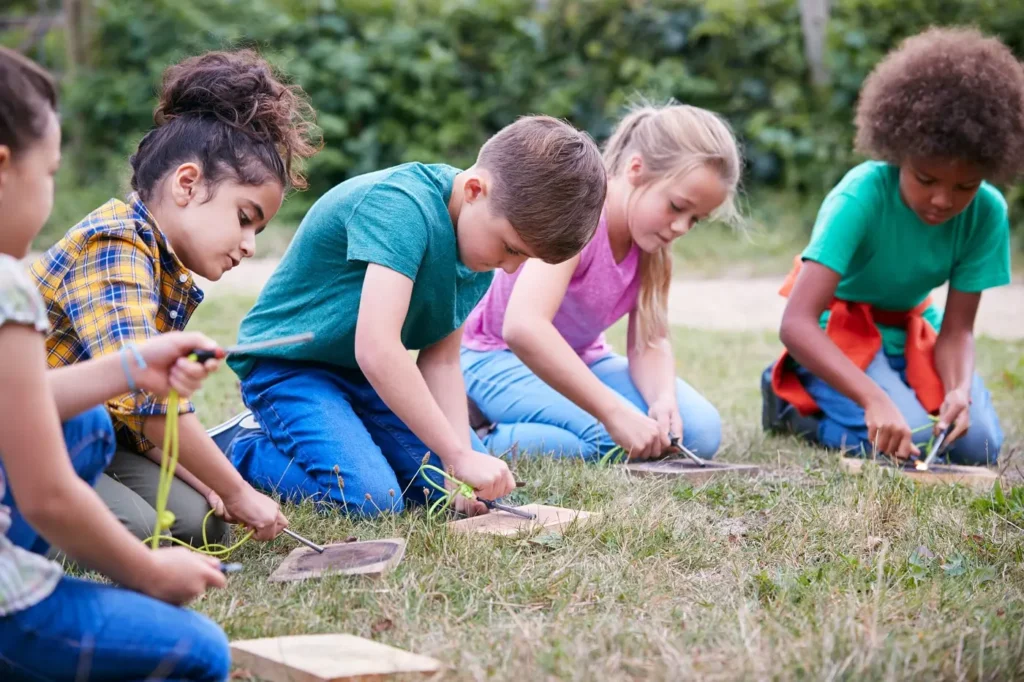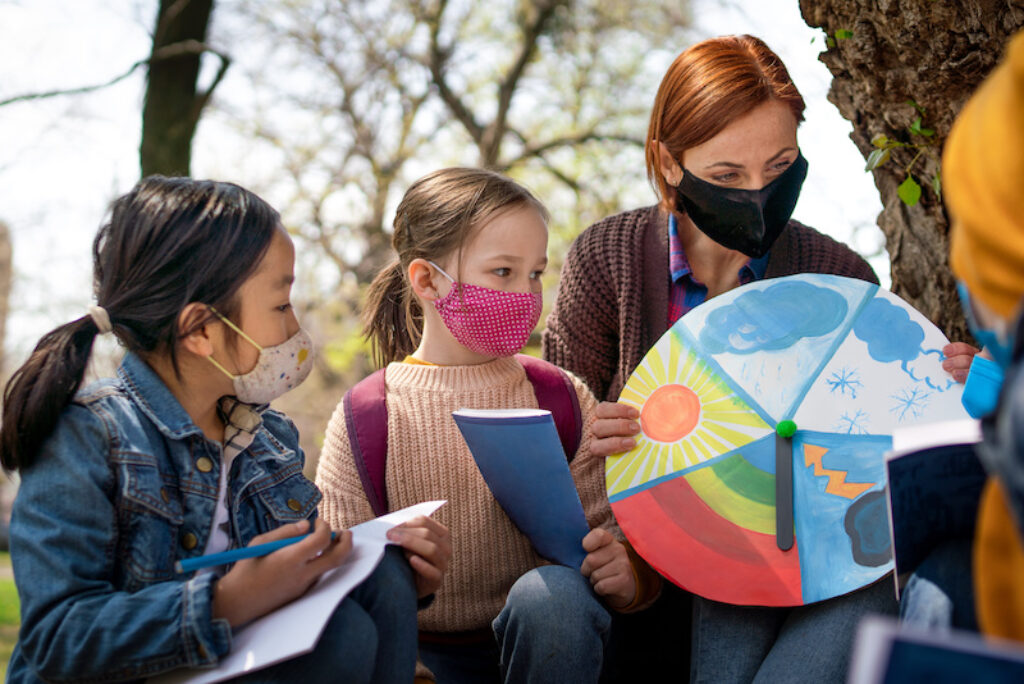
In the fast-paced digital age, where screen time is prevalent and indoor activities dominate, the significance of outdoor education in schools has become an essential discussion topic. As we dive deep into this realm, the correlation between nature, learning, and overall well-being becomes clearer. So, why exactly is outdoor education taking the spotlight in modern pedagogy? Let’s find out.
Table of Contents
What is Outdoor Education?

Source: campcody.com
Outdoor education isn’t just about nature walks or occasional school trips. Instead, it’s an immersive learning experience that integrates regular curriculum with activities in natural environments. Whether it’s practicing arithmetic through the counting of leaves, understanding biology by observing a pond ecosystem or learning about history by visiting ancient ruins, outdoor education transcends traditional classroom boundaries.
For students who might be swamped with indoor assignments and are looking to pay for custom research paper services, this method of education offers a refreshing break. Such services can be useful, but there’s undeniable value in firsthand experiences that stimulate all senses. Outdoor education encourages students to engage with their surroundings, fostering a real-world application of knowledge beyond what one might get when one pays for a custom research paper. Embracing the outdoors as a learning platform paves the way for a more rounded and grounded educational experience.
Why is Outdoor Learning Important for Children’s Mental Health and Wellbeing?

Source: blog.hope-education.co.uk
It’s well known that nature has a therapeutic effect, providing not only physical health benefits but also positively impacting a child’s mental health. Here’s why:
- Reduces Stress and Anxiety: The calming ambiance of nature significantly reduces cortisol levels – our body’s primary stress hormone. Children who spend more time outdoors exhibit lower stress and anxiety levels. The rhythmic patterns of nature, from the rustling of leaves to the chirping of birds, act as a natural balm for the restless mind. Beyond the auditory experiences, the visual calmness of open spaces, water bodies, and expansive skies can further calm the mind. Immersion in such environments is an antidote to the overstimulated lives many children lead today.
- Boosts Confidence and Self-Esteem: Outdoor learning often involves challenges and tasks that require children to step out of their comfort zones. Overcoming these challenges, whether climbing a small hill or navigating through a forest trail, instills a sense of accomplishment. This hands-on learning approach nurtures a child’s self-confidence and self-worth. Completing these tasks also allows students to realize their potential and builds resilience. Encouraging them to face challenges head-on, outdoor activities can set a foundation for them to tackle obstacles later in life.
- Boosts Mood and Emotion: Nature is synonymous with rejuvenation. The color green, predominant in natural settings, is often linked to enhanced mood and reduced feelings of anger and sadness. Additionally, the simple physical activity, facilitated by outdoor learning, releases endorphins – the body’s natural mood elevators. Engaging with nature, such as touching the soil or listening to the rhythm of a flowing stream, offers a tactile and auditory experience that aids in emotional grounding. Nature’s vastness can also provide a unique perspective, helping students to navigate and process their feelings more effectively.
- Increases Vitamin D Exposure: In the shade of our buildings and the comfort of our classrooms, a considerable percentage of students experience Vitamin D deficiency. Stepping outside ensures that children get adequate sunlight, vital for synthesizing Vitamin D. This “sunshine vitamin” promotes bone health and is crucial for mental well-being, as it can combat mood disorders. Regular exposure to sunlight can also regulate sleep patterns and enhance immune system function. When children spend consistent time outdoors, they are not just learning but also fortifying their physical health, laying the foundation for a healthier future.
Final Takeaway

A teacher with small children sitting outdoors in city park, learning group education and coronavirus concept.
Including outdoor education in school curricula is more than just a new teaching technique like using the Internet. It is an investment in the overall well-being of students. Educators and parents must recognize that learning is not limited to the classroom. By venturing outside and immersing ourselves in nature, we can discover numerous opportunities for exploration, growth, and healing. As the saying goes, “Nature does not rush, yet everything gets done.” We can follow nature’s example and go outside.







